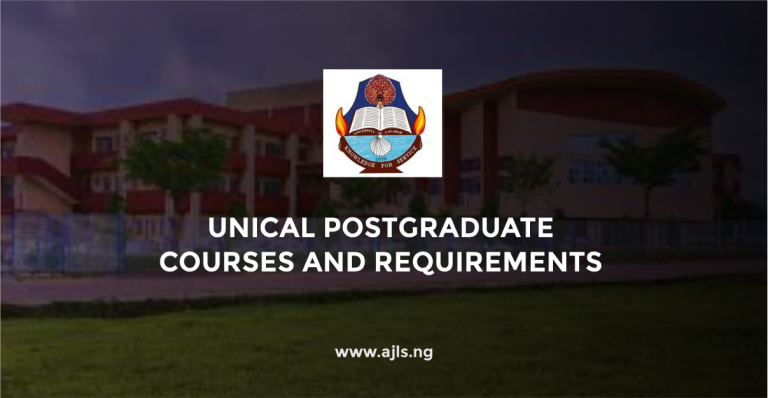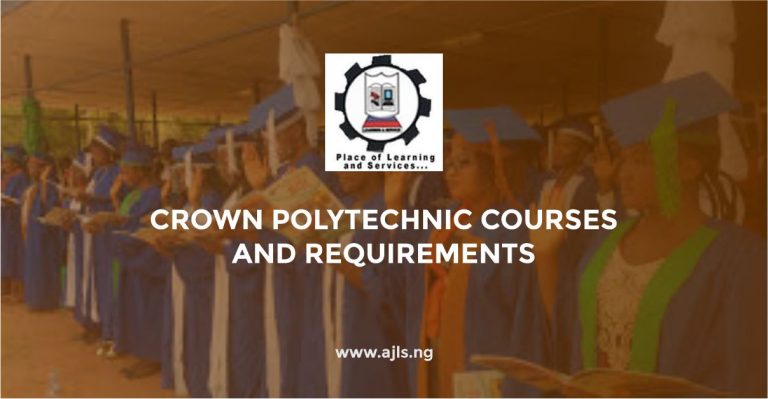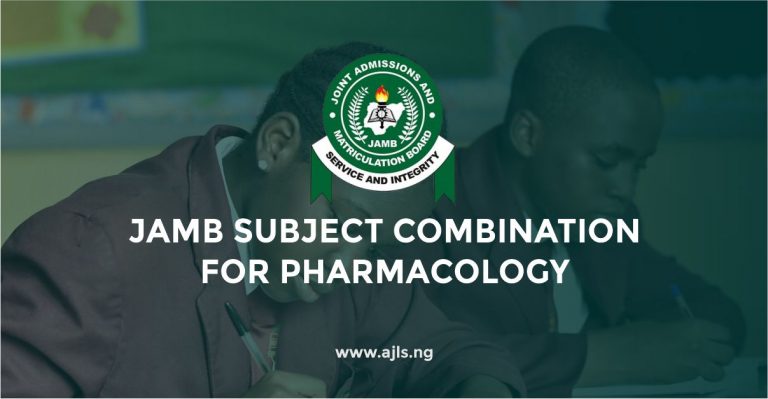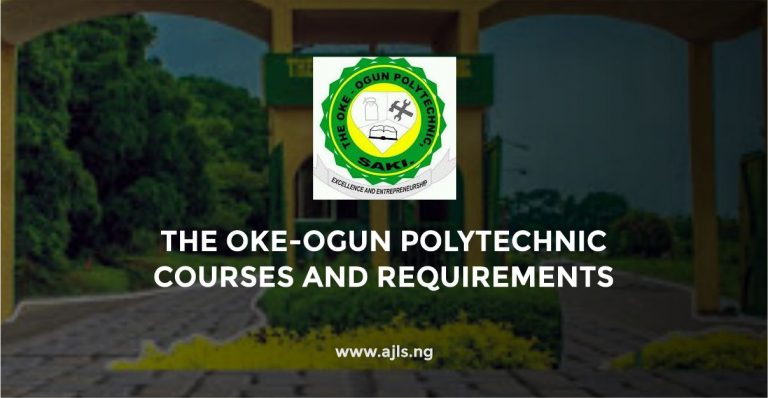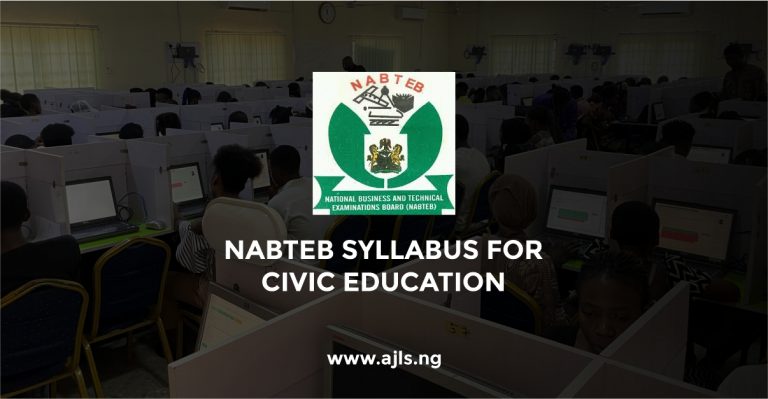WAEC Syllabus for Clothing and Textiles 2025

The WAEC Syllabus for Clothing and Textiles is out for candidates preparing to undergo their West African Examination Council (WAEC) examination for the 2025 year. Preparing for your Clothing and Textiles exam without using the official syllabus is like going to the farm without tools. Your results will not be good. That is why it is important to study with the right materials. This syllabus is designed to help applicants prepare for their examination effectively in line with the curriculum.
This article will include the WAEC Syllabus for Clothing and Textiles, recommended textbooks, and necessary tools to help you succeed. Ensure you follow the information in this article to guide you effectively in writing your examinations, passing them with flying colours.
Overview of WAEC Clothing and Textiles
The Clothing and Textiles course at the Senior High School level is designed to equip students with knowledge and skills in garment production and textile management. This training prepares students for various career opportunities while improving their quality of life and contribution to society.
The syllabus tests students’ understanding of:
- Career opportunities in Clothing and Textiles.
- The science behind textiles, including fabric types, properties, selection, and care.
- The importance of clothing and choosing outfits for different occasions and body types.
- The use and maintenance of sewing tools and machines.
- Sewing skills such as pattern cutting, freehand cutting, and garment construction.
- Designing and decorating clothing and household items.
- Repairing, renovating, and remodeling clothes.
- Entrepreneurial skills and work ethics in Clothing and Textiles.
- Promoting textile products through exhibitions and fashion shows.
Structure of the Examination
The WAEC Clothing and Textiles exam consists of three papers:
- Paper 1: 60 multiple-choice questions to be answered in 1 hour (60 marks).
- Paper 2: Six structured essay questions; candidates must answer four within 1 hour 30 minutes (60 marks).
- Paper 3: A practical test and coursework assessment, worth 100 marks, lasting 2 hours 30 minutes. Candidates have 30 minutes of preparation time before the exam. A WAEC-appointed examiner will assess the practical work and coursework, with 20 marks allocated for coursework presentation.
WAEC Syllabus for Clothing and Textiles
Career Opportunities in Clothing and Textiles
- Different career options such as fashion design, tailoring, teaching, and textile chemistry.
- Basic requirements for careers, including education and skills.
- Work ethics, including integrity, self-confidence, and professionalism.
Understanding Fibres and Fabrics
- Definition and classification of fibres and fabrics.
- Characteristics and identification of textiles.
- Fabric combinations and construction methods (weaving, knitting, crocheting).
- Fabric finishing techniques.
Clothing and Wardrobe Planning
- Selecting clothes for different age groups (babies, teenagers, adults).
- Factors to consider when planning a wardrobe.
- Choosing the right accessories and cosmetics for personal grooming.
Sewing Equipment and Techniques
- Types of sewing tools and equipment, including their selection, use, and maintenance.
- Understanding different types of sewing machines, their parts, threading methods, and common troubleshooting techniques.
- Safety measures when using sewing tools.
Sewing Techniques and Garment Construction
- Different types of stitches, seams, and edge finishes.
- Creating fullness in garments (pleats, gathers, tucks).
- Types and functions of pockets.
- Essentials of garment construction, including lining, interfacing, and fashion details (collars, necklines, sleeves).
- Taking body measurements, pattern making, and garment fitting.
- Adapting and altering clothing patterns.
Care and Maintenance of Clothes
- Understanding care labels and laundry techniques for different fabrics.
- Removing stains using appropriate cleaning agents.
- Dry cleaning methods (home and commercial).
- Repairing, remodeling, and storing clothes properly.
Creative Fabric Craft
- Techniques such as patchwork, appliqué, embroidery, knitting, and macramé.
- Principles of shopping for clothing and textile products, including consumer rights and budgeting.
Entrepreneurship in Clothing and Textiles
- Understanding entrepreneurship and characteristics of successful entrepreneurs.
- Setting up a business in clothing and textiles, such as tailoring, dressmaking, or fashion design.
- Steps in starting a business, including market research and business planning.
Organizing Fashion Exhibitions and Shows
- Planning and promoting clothing exhibitions and fashion shows.
- Ensuring security and proper presentation of textile products.
- Using different forms of media for publicity.
Recommended Textbooks
To excel in Clothing and Textiles, students should study from the following books:
- Clothing and Textiles for Senior Secondary Schools – Ministry of Education, Ghana.
- Needlework for Schools – Melita M. Neal.
- Needlework Notebook – Rhiannon Davies.
- Certificate Needlework – Cecile Miles.
- Basic Needlework – W. Bull.
- Home Economics for Schools (Books 1, 2 & 3).
- Dressmaking Made Simple – Gideon Lippman and Dorothy Erskine.
- Clothes – Margaret Butler.
Essential Tools and Equipment
Students preparing for practical examinations should have the following tools:
- Full-length dressing mirror
- Scissors (cutting, trimming, pinking, embroidery, buttonhole)
- Cutting-out table
- Sewing needles and pins
- Tape measure
- Thimble
- Sewing machine
- Dummy (mannequin)
- Cabinet for storage
- Ironing board and pressing iron
- Washing bowls, buckets, gloves, and wooden turners
- Metal and plastic buckets for washing
- Iron pots for fabric treatment
By following this syllabus and using the right materials, you will be well-prepared for the WAEC Clothing and Textiles exam. Ensure you read the recommended textbooks in the syllabus to equip yourself with the required knowledge. Keep visiting the official WAEC webpage for more updates regarding the WAEC Syllabus for Clothing and Textiles.
